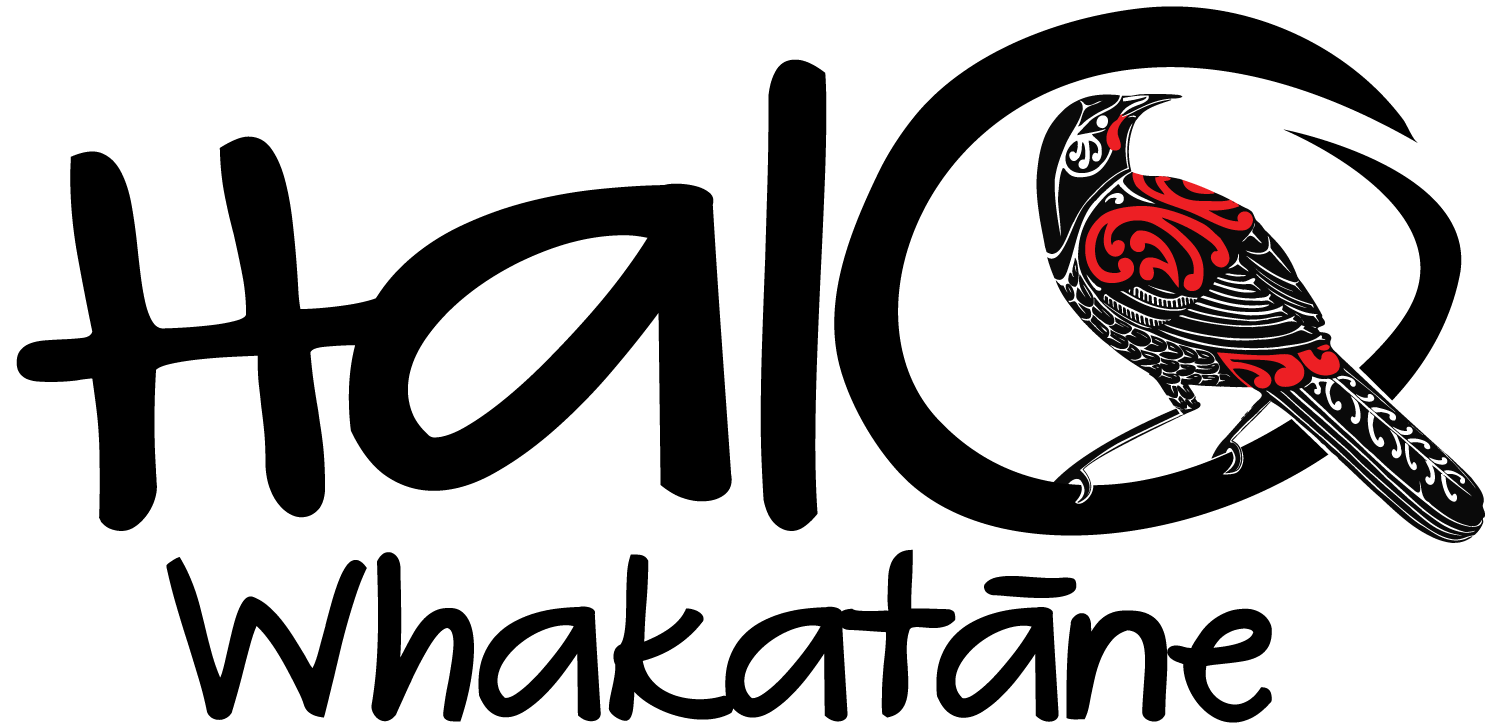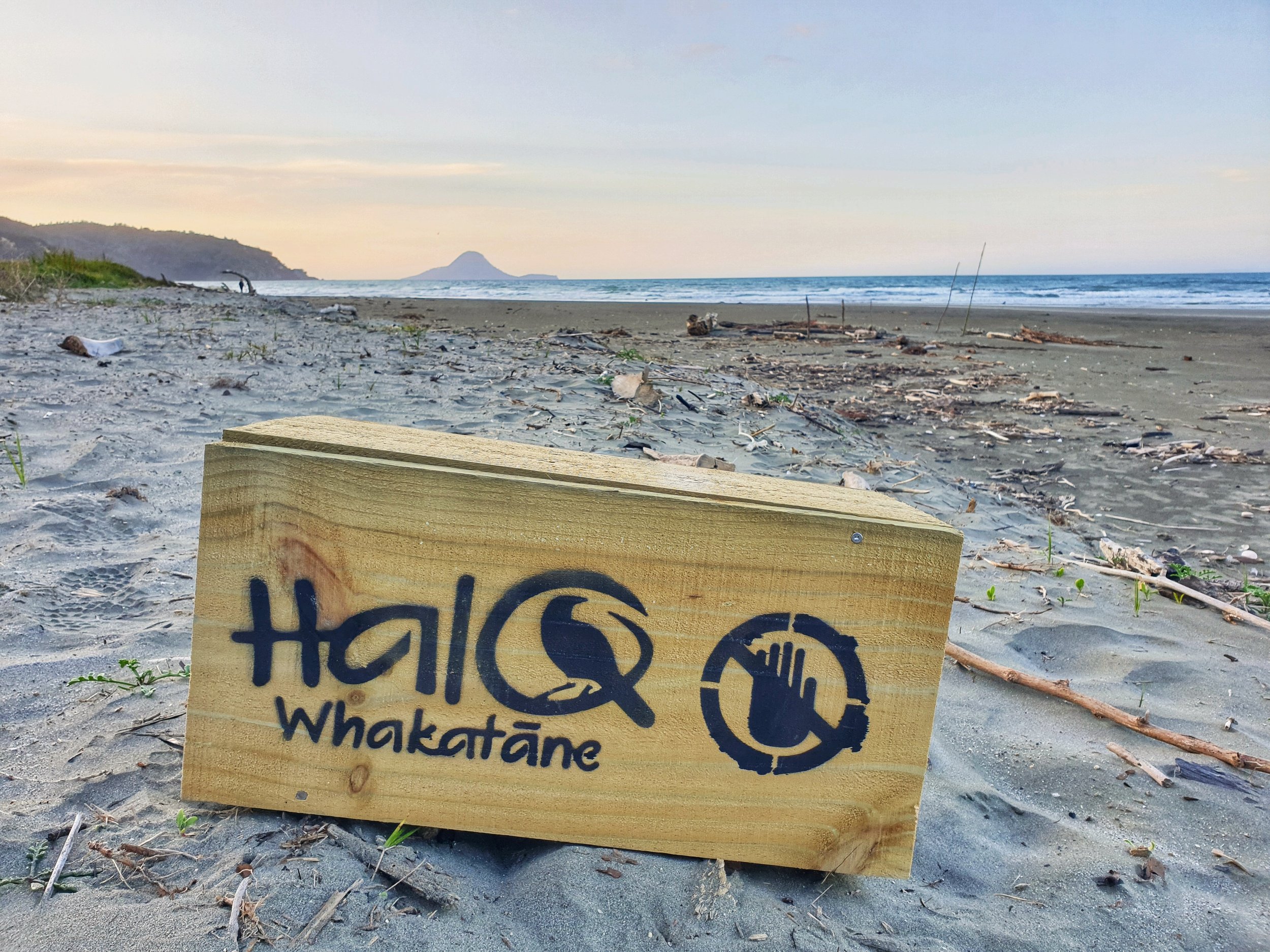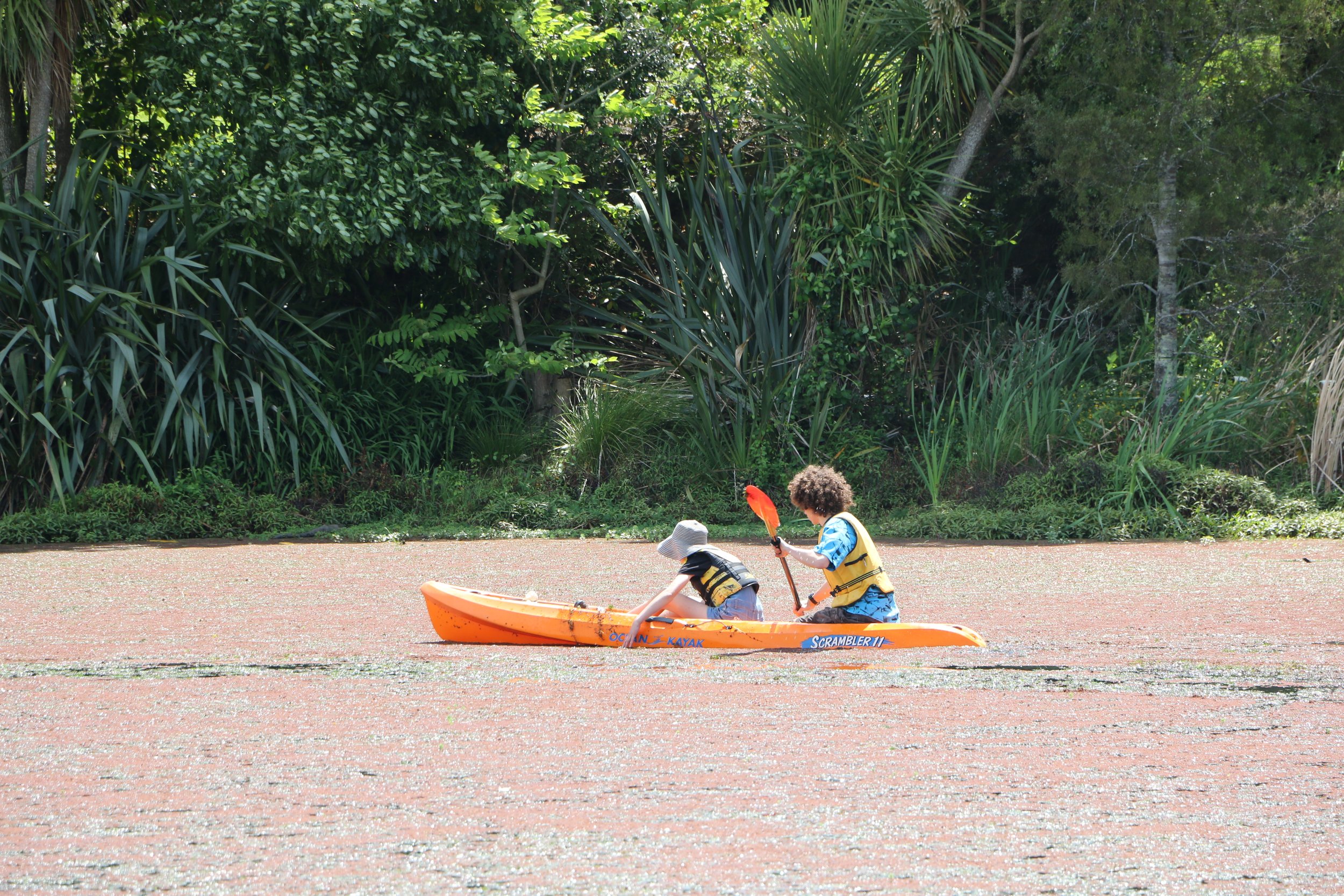
UrBAN Predator Trapping
Since the Predator Free 2050 vision was launched in 2016 HALO Whakatāne has been installing traps throughout the community. We are “filling the gaps” of the existing trapping network by building and installing predator traps. Our network consists of a range of DOC200 and DOC250 traps.
DOC200 are the industry standard kill traps for rats, hedgehogs, and stoats, while DOC250s can also capture ferrets. The stainless steel trap mechanisms have been tested following the National Animal Welfare Advisory Committee guidelines and kill incalculably fast, providing a humane kill. The wooden trap boxes are built to a standard that are weka proof, and the size of the entrance holes exclude non-target animals such as dogs and cats.
The trap boxes were lovingly crafted by HALO volunteers and Kaitiaki Kadet students. As a group we have learned a lot about our box building techniques, and whenever we meet to have a building day it is incredibly fun.
HALO wouldn’t be able to craft these traps without the support of the Department of Conservation’s Community Fund, and the support of The Rotary Club of Whakatāne.
Backyard Trapping
The aim of the Urban Trapping Project is to leave Whakatāne pests nowhere to hide. We aim to have at least one in five homes sign up to become a HALO Household and place traps in their backyard. You can have a look at our trapping network here.
We currently have subsidized rodent trap boxes available for the greater Whakatāne area, encompassing Ōhope, Mokorua and Kohi Point Scenic Reserves, neighbouring conservation areas and private land (both rural and urban), and stretcheing west beyond the Whakatāne River to Manawahe and east to the stunning Ohiwa Harbour.
Sponsor a trap
If you would like to support HALO’s trapping effort you can sponsor one of our traps! This support enables us to maintain and bait our existing traps, as well as helping us extend the network by buying the supplies to build more traps. Do you want a trap that overlooks the beach, bush, or farmland? Just $150 a year enables us to further expand and maintain our predator suppression network and build our education and conservation community support kaupapa. You can even send us a file of your logo that we will print on recycled corflute and attach to your trap (so choose your trap location wisely). Your logo can also be added to our Trap Network map. Annually we will send you a report on the performance of your trap and its trapline. This is a donation, and all donations qualify for a 33% tax credit.
Connecting to Nature
Bob with daughter Lee-Anne, mate Jost and, Lydia- Whakatāne Kiwi Trust Volunteer Coordinator.
HALO Whakatāne facilitated an accessible walkway in Mokoroa Bush. Forest bathing or shinrin-yoku in Japanese has been practiced for generations. Connecting with nature, experiencing it with all your senses, has proven health benefits. Unfortunately accessing the bush isn’t something that everyone is able to do. One of our lovely volunteers Bob recognised this lack of access for some, and before he passed away asked Bridget to create a pathway that is accessible for people of all abilities. HALO wants to leave no one behind, and so Bob’s Hauora Trail extends from Whitehorse Drive to the Wainui Te Whara bridge. There is also an accessible picnic table for everyone to sit and enjoy our beautiful ngahere and our cheeky toutouwai robins.
The creation of this walkway is supported by the Whakatāne-Ōhope Community Board and Aotearoa Gaming Trust.
Pest free Ohope Spit
Ōhope Spit is home to the banded dotterel, the Northern New Zealand dotterel, and the variable oystercatcher. The Northern New Zealand dotterel numbers in the low thousands, and it might be a surprise to know that the variable oystercatchers only number in the few thousands too. The spit is plagued by rabbits, rodents, tree lupins, pampas, blackberry, and gorse to name just a few pest species. These are working together to cause destabilization of the dunes, exclusion of native species, and predation on our threatened animals.
We hold a monthly volunteer day in conjunction with the Predator Free Ōhope Spit Caregroup (usually one of the middle weekends of the month) where we do activities such as open and maintain traplines, remove lupins and other weed species, and engage in pest control. If this sounds like something you’d like to join, get in touch. It would be great to see your face there!
We are aiming to facilitate a collaborative pest control effort around the spit to further reduce pest mammal species. The existing Shorebird Volunteers maintain a number of DOC200 traplines and bait stations around the tip of the spit. HALO has added to this by installing 70 DOC200 traps along the entire length of Ōhope Beach, connecting in with their network. The Ōhope Beach Golf Links are also coming on board and will be maintaining a bait station network within the course.
HALO is supported in this mahi by the Bay of Plenty Regional Council’s Environmental Enhancement Fund, and the Department of Conservation.
Te Whakaora i te Mauri o te REPO
Restoring the Mauri of the Lagoon is our collaborative community education programme surrounding Otamakaokao - Awatapu Lagoon. With this project we aim to teach tauira about our wonderful taiao, help them foster a relationship with the lagoon, and with their help we aim to restore the mauri of the repo.
Students from a range of schools will work together to immediately improve the environment by removing rubbish and weeds, and planting natives. They will gain knowledge about the history of the lagoon, about our native plants and animals, about the health of our water, and the positive and negative impacts of people on the area as a whole.
These tauira will become the kaitiaki of te taiao. By spending time out in nature they will develop a stronger connection to her, and together we can create positive change.
We are proud to be working with students from James Street School, Te Kura Kaupapa Māori o Te Orini ki Ngāti Awa, Trident High School, Whakatāne High School, Whakatāne Intermediate School, Edgecumbe Primary School and Te Kura o Taneatua.
We are fortunate to be supported by Bay Trust and Eastbay REAP.
Kaitiaki Kadets
Kaitiaki Kadets is our youth program to provide authentic leadership roles in conservation projects. Kadets gain experience in decision making, planning, testing, and designing their conservation projects, while working with experts to gain knowledge. If you think your child would enjoy becoming part of the team, please do get in touch.
Matariki Planting site
2022
2023
2024
2022: HALO Whakatāne celebrated Matariki by planting nine native trees, at the Whakatāne Rose Gardens, to represent the stars in the Matariki constellation.
2023: Our Kaitiaki Kadets are hosted 3 BBQs at Bunnings Warehouse to help fund the purchase of tree labels, to educate visitors of the identity of each tree species.
2024: We replaced the Ewekuri tree.
2025: Watch this space..!
2022 Planting Day on Matariki
James St students with Kiri Allan
Rapata Kopae with Tāneatua School students
Each of the 9 trees represent each of the 9 stars in the constellation:
Pōhutukawa - Pōhutukawa
Waitī - Pūriri
Waitā - Pūriri
Hiwa-i-te-rangi - Tītoki
Waipuna-ā-rangi - Ewekuri
Ururangi - Rewarewa
Tupuānuku - Kahikatea
Tupuārangi - Mātai
Matariki - Tōtara













